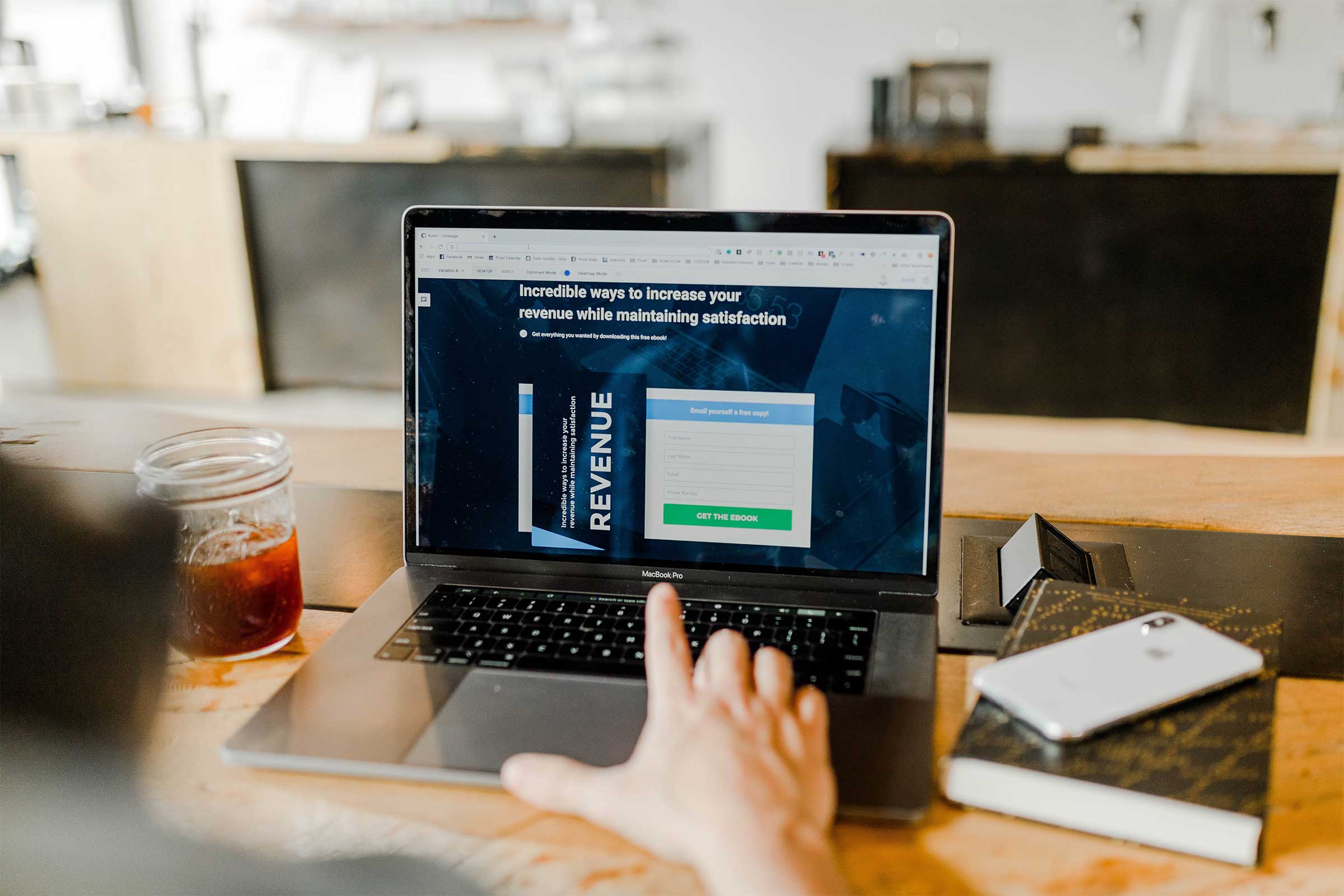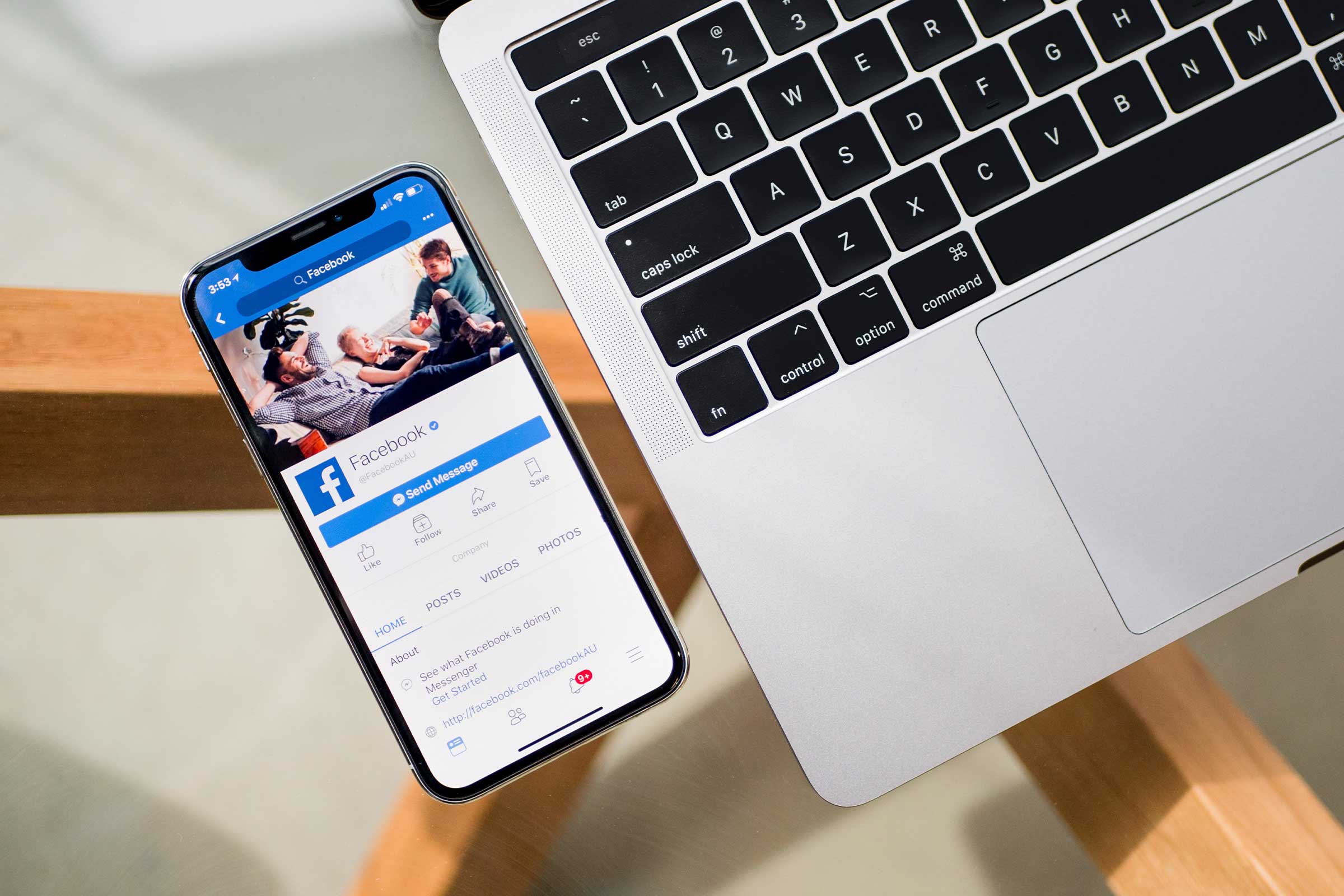If you’re like me, you probably watch and listen to an alarming amount of media on your phone. You might listen to a Spotify playlist while you’re at the gym, or stream your favorite podcast while at work. Chances are, you’re listening to something as you read this.
But have you ever stopped to consider how what you’re listening to was recorded and mixed? Probably not—and as a listener, why should you care? The mysteries of mixing and mastering probably don’t matter to you so long as it sounds good.
However, if you’re in the market of producing audio-centric content—like vlogs or podcasts—you should care a lot. With the amount of video and audio content being played over mobile devices nowadays, recording and mixing audio with mobile in mind is a must.
The audio capabilities of a smartphone are limited by its size and design, so the way something is recorded and mixed can drastically impact the way audio is reproduced through a phone. While it may not seem like a big deal, these limitations make for a unique set of parameters that audio engineers must consider.
Here are two things you need to consider when recording/mixing audio intended for mobile devices:
PHONE SPEAKERS ARE WEAK.
You’re probably already aware of this, but phone speakers don’t sound particularly great.
Don’t get me wrong, the quality of phone speakers has come a long way since the first iPhones and Androids were released. That being said, a smartphone’s built-in speaker and amplifier are extremely weak in comparison to other larger sound systems. This makes it even more important that, when recording audio, you record at a lower volume.
I would think that this would be a no-brainer, but, unfortunately, such is not the case. I regularly hear recordings that were recorded far too loud. But, why would that be an issue?
What happens when you record at a higher volume is that you’re essentially setting your recorded signal at or above the nominal level for recording. This effectively limits your recording’s potential dynamic range (or headroom). As a result, you have very little wiggle room to adjust the level of your signal before it begins to peak or clip.
Essentially, you make it so you can only adjust the volume of your recording by so much before it becomes distorted. The dynamic range of a phone’s speaker is already much smaller than a larger sound system; if the recorded signal is too loud during the recording and mixing process, it’s going to sound even worse when played through a phone.
There are a number of reasons this happens. Sometimes people turn the gain “up” really high on their preamp in an attempt to make the signal sound louder or “more pro” right out the gate. Other times, the receiver end of their microphone was placed too close to whatever was being recorded. Sometimes the recording hardware is just too sensitive. Regardless of cause, the end result is always the same; a recording that is distorted, sounds awful, is near impossible to fix, and will sound dreadful when played through a phone.
Basically: when recording for mobile, record and mix at a lower volume because mobile devices are not designed to handle things that are super loud.
MONO COMPATIBILITY AND THE STEREO FIELD.
Every now and then, content creators run into a problem: their content audio sounds great when they record it, and still sounds great after they upload it… but when they try and play it through their phone, they can’t hear it at all. But it still sounds great on a desktop computer. What could possibly be going on?
This is where things start to get a bit more complicated. Chances are, if you have been researching audio engineering, you may have seen the terms mono compatibility and stereo field before. If not, you’re probably wondering what in the world this has to do with listening to audio through your phone.
Even if you’re not remotely familiar with audio engineering, you can probably tell the difference between a mono and stereo recording. In the absolute simplest sense, a mono signal (or channel) refers to one signal and a stereo signal refers to multiple signals.
In a mono recording, a single signal is reproduced exactly the same way through several speakers. With a stereo recording, two or more signals are reproduced through several speakers with each speaker producing a different signal, varying from left to right.
The space that is created between the two (or more) signals in a stereo recording is what is known as the stereo field. Think of it as the imaginary plane in which sound exists in relation to a listener. The theoretical placement of the stereo signals in the stereo field is what is known as the stereo image.
Now what does all of this have to do with recording for mobile devices? Most smartphones only have one external speaker and are only able to produce a mono signal. As such, it is important that, if recording and mixing in stereo, you make sure you maintain mono compatibility, or the ability to create a mono signal from the sum of the two stereo signals.
If you look at the above diagram, you can see that there is a point in the stereo field where both the left and right signals meet. This point of convergence is what your phone is going to be able to play. What it will sound like is essentially a mono blending of the two stereo tracks. In this instance, mono compatibility has been maintained.
You need to make sure that you are mindful of how wide your stereo field is, however. Make your stereo field too wide, and your signals will be in the enhanced stereo field, which is outside the range of mono compatibility. This will result in either a drastic decrease or complete loss of volume when played through a mobile device.
As such, if you’re recording a podcast or vlog (or anything that is intended to be played on mobile), be careful when using vocal enhancers or stereo widener effects when mixing, as these tend to push the stereo signals into the enhanced stereo field, and can leave your phone listeners wondering why they can’t hear anything.

